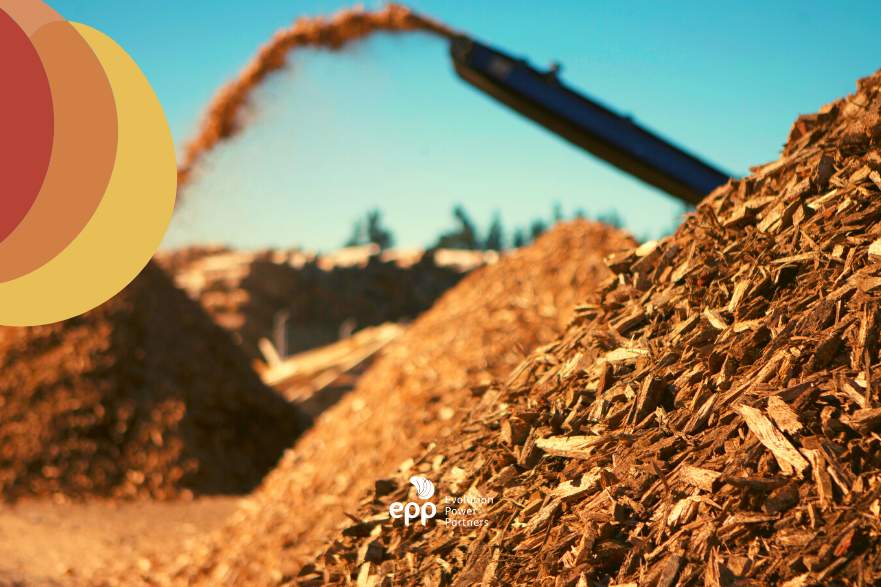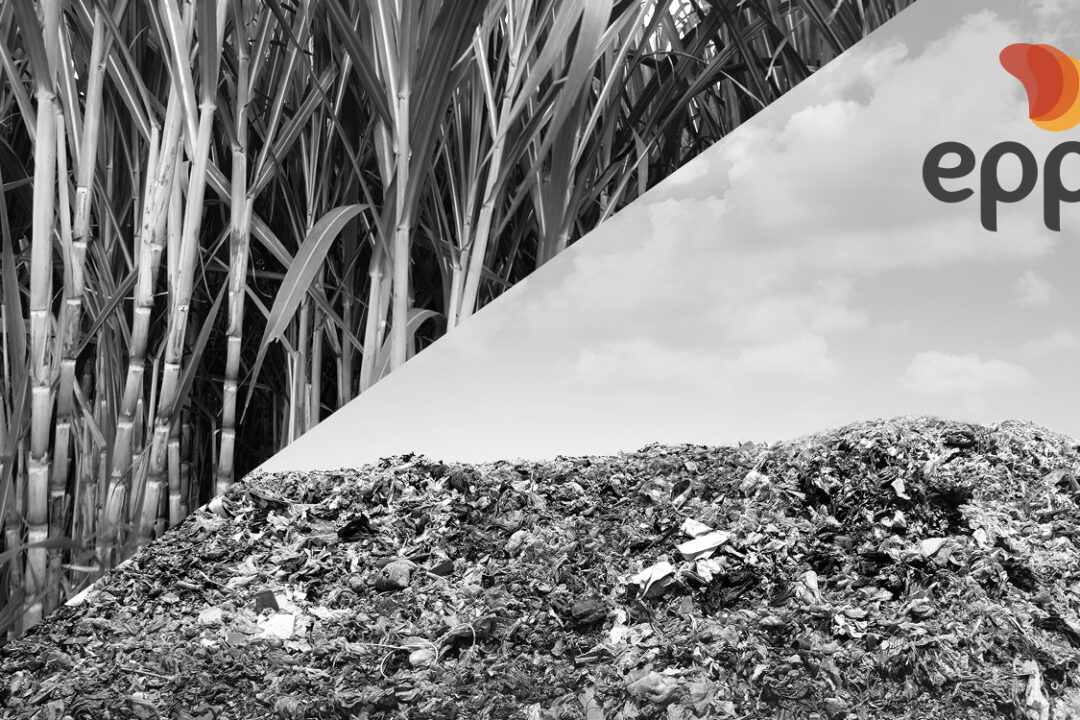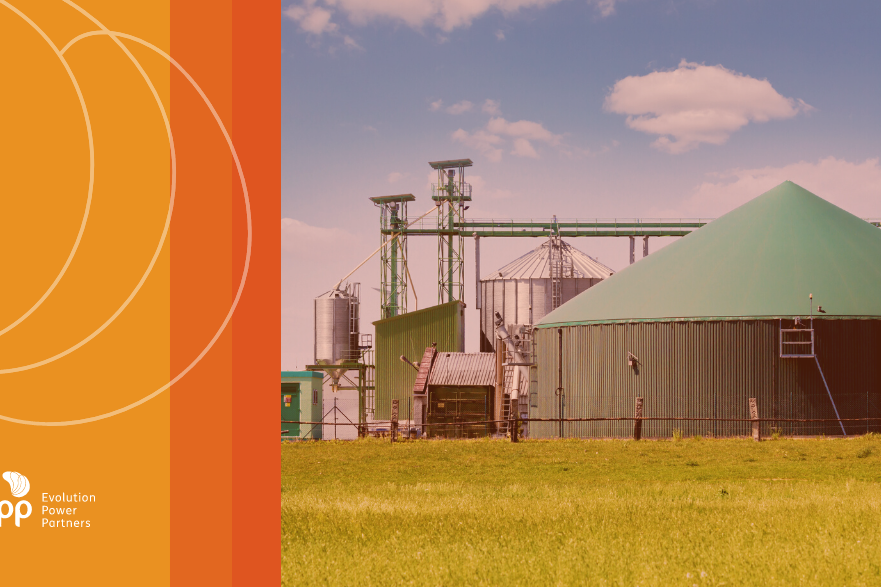Electricity generation in the country is predominantly from fossil fuels. But the scenario is shifting to renewable sources!
Do you know how electricity generation occurs in Brazil? In 2017, according to the Energy Research Company, the Brazilian energy matrix was composed as follows: 36.4% from oil and gas, 17% from sugarcane, 13% from natural gas, 12% from hydraulic, 8% firewood and charcoal, 5.9% bleach and other renewables, 5.7% coal, 1.4% nuclear and 0.6% from other renewables.
In other words, Brazil’s energy matrix is largely composed of fossil fuels, but unlike other countries, it already invests in renewable and clean sources. The generation of energy in the country by renewable sources totals 42.9%, almost half of the matrix. These sources are represented by the strength of the waters, the winds or the energy of the sun, which are among the fuels used to generate electricity in Brazil.
What is guiding the changes in global energy generation?
To make projections, it is important to understand the current reality. In addition to the necessary changes that the pandemic demanded from the market in the long run, all indicators show an increase in the use of renewable sources. One of the main reasons is the urgency to reduce the use of fossil fuel sources, which are harmful to the environment and aggravate climate change.
But in addition to creating agreements and treaties, countries need viable alternatives to make the energy transition. If in the past the energy transition was made to find an option with greater energy efficiency, switching from coal to oil, today, it is the need for the maintenance of humanity on earth that makes the substitution necessary.
However, not all countries are ready for this transition or have sufficient structure and sources for it. Thus, technology is extremely necessary for the exploitation of renewable and sustainable sources to increase. At the moment, the solar and wind energy matrices are the ones that stand out to be part of the world energy future.
What is the future of electricity generation in the country?
Although energy consumption fell by almost 3% in the country in the year 2020, the projections of the 10-year Energy Expansion Plan 2030 foresee a progressive growth for both residential and industrial demand.
The Ten-Year Energy Expansion Plan (PDE) is an information document prepared annually by EPE with the support of the teams of the Secretariat for Energy Planning and Development and the Secretariat for Oil, Natural Gas and Biofuels.
The objective is to indicate prospects for expanding the sector and show the ten-year horizon, according to the current market. These data help the planning of the energy sector, attract investments to the most listed areas and increase the reliability of the energy sector. In Brazil, the sources that have been receiving investments are: solar, wind, biomass and biogas.
In the case of solar and wind energy, the country is privileged, as the solar incidence occurs practically the whole year and in all regions. In addition, the country’s winds, especially from the Northeast region, have superior quality that facilitates energy production. Biomass is produced from organic matter. This resource is renewable and quite abundant in the country, due to the large arable areas.
In general, the great challenge for the generation of electric energy both in Brazil and in the world is the expansion of the use of renewable sources and maintenance of recurrent production. In the case of fossil fuels, it is possible to store commodities and use them according to demand. Thus, the solution to supply the Brazilian demand lies in the complementary use of the matrices, valuing renewable and sustainable options and using fossil fuels as a back up to meet all demand. If you want to better understand the energy market and learn about our solutions, contact us!






